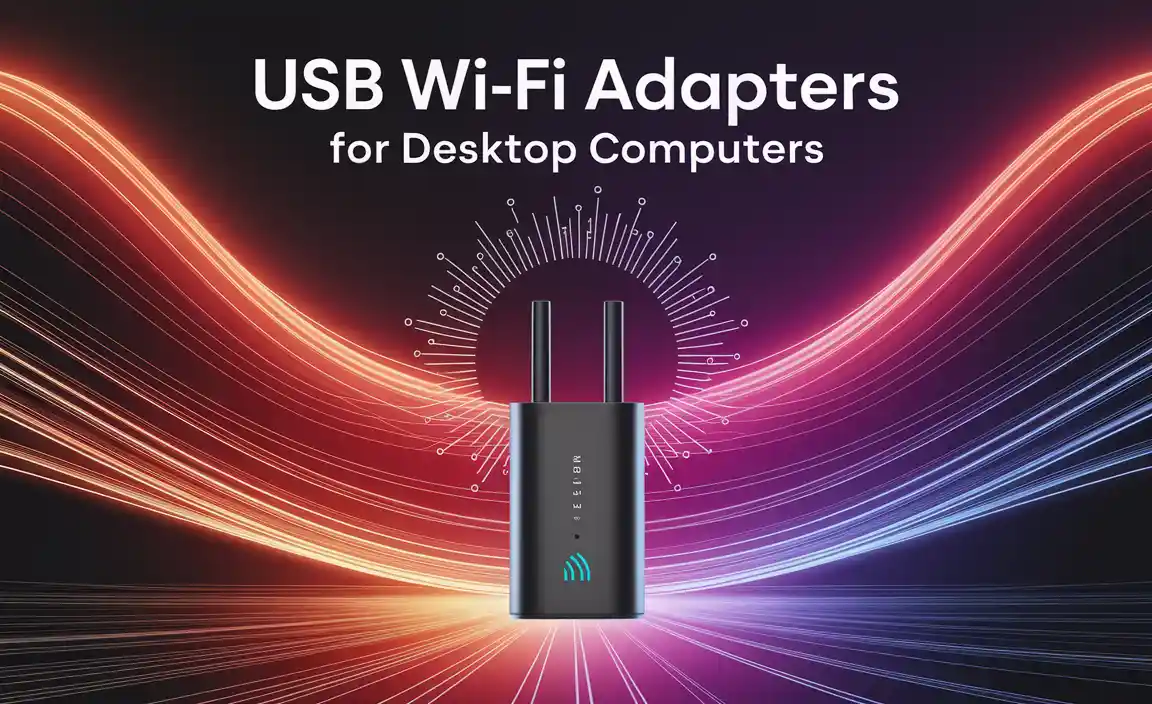Summary: Wondering how much it costs to replace your iPhone battery? Apple typically charges between $89 and $109 for out-of-warranty iPhone battery replacements, depending on your iPhone model. AppleCare+ can significantly reduce this cost, sometimes making it free. We’ll break down all the details so you can make an informed decision and save some money.
Is your trusty iPhone battery starting to feel a bit, well, tired? You know, the kind where your phone barely lasts half a day, or suddenly shuts off when it’s still showing 20% charge? It’s a super common problem, and frankly, it can be really annoying. You rely on your phone for so much these days – staying in touch, snapping photos, navigating, working, and more. A dying battery can put a real damper on all that. But don’t worry! Getting a new battery doesn’t have to be a headache or break the bank. We’re going to walk through exactly what Apple charges and how you can find the best, most affordable way to get your iPhone back to its old self. We’ll cover everything from specific model costs to the magic of AppleCare+.
Understanding iPhone Battery Health
Before we dive into the costs, let’s quickly talk about why batteries degrade. Think of your iPhone battery like any other rechargeable battery – it has a limited lifespan. Over time, and with every charge cycle, its capacity to hold a charge naturally decreases. Apple’s iOS software even has a built-in feature to help you check your battery’s health.
How to Check Your iPhone Battery Health
It’s super easy to see how your iPhone battery is doing. Just follow these simple steps:
- Open the Settings app on your iPhone.
- Scroll down and tap on Battery.
- Tap on Battery Health.
Here, you’ll see a “Maximum Capacity” percentage. This number shows how your battery’s current capacity compares to when it was new. If it’s below 80%, Apple generally recommends a replacement for optimal performance. You might also see a message about “Peak Performance Capability,” indicating if your iPhone is managing performance to prevent unexpected shutdowns due to battery issues.
When is it Time for a Replacement?
- Sudden Shutdowns: If your iPhone randomly turns off, especially when you’re using it, a worn-out battery is often the culprit.
- Short Battery Life: If your phone used to last all day but now struggles to make it to lunchtime, it’s a clear sign.
- Low Maximum Capacity: As mentioned, a capacity below 80% usually means a noticeable drop in performance.
- Reduced Performance: You might notice your phone feels slower, apps take longer to load, or the camera flash is disabled.
How Much Does Apple Charge for Battery Replacement?
This is the big question! Apple offers battery service through its Apple Store Genius Bar appointments and authorized service providers. The cost can vary based on your iPhone model.
Out-of-Warranty Battery Replacement Costs
If your iPhone is not covered by AppleCare+ or is outside its warranty period, you’ll be looking at Apple’s standard out-of-warranty battery replacement fees. These prices are generally consistent across the board, but it’s always a good idea to check Apple’s official support page for the most current pricing for your specific device.
Here’s a general guide to what you can expect (prices are subject to change by Apple):
| iPhone Model Category | Estimated Replacement Cost (USD) |
|---|---|
| iPhone 14, 13, 12, SE (3rd gen), 11, X Series | $89 |
| iPhone 8, 7, 6S, SE (2nd gen) & Older | $89 |
| iPhone 15 Pro Max, 15 Pro, 15 Plus, 15 | $109 |
| iPhone 14 Pro Max, 14 Pro, 14 Plus, 14 | $109 |
| iPhone 13 Pro Max, 13 Pro, 13, 13 mini | $89 |
| iPhone 12 Pro Max, 12 Pro, 12, 12 mini | $89 |
| iPhone SE (1st gen) | $49 (if eligible – older models may have different pricing or upgrade options) |
Please note: These are estimated prices and can vary. Always confirm the exact pricing for your model on Apple’s official iPhone service website.
The Power of AppleCare+
If you have AppleCare+ for your iPhone, battery replacement is usually much more affordable, often free, as long as the battery’s maximum capacity has dropped below 80%.
AppleCare+ is an insurance and support plan that extends your Apple device coverage. It typically includes accidental damage coverage and importantly, service for batteries that can no longer hold a significant charge.
- What it covers: Battery service where the battery is depleted of its original capacity below 80% of its rated capacity.
- Cost Savings: This can save you the full out-of-warranty replacement fee.
- How to check if you have it: Go to Settings > General > About. If you have AppleCare+, you’ll see the coverage details listed there. You can also check on Apple’s coverage website by entering your iPhone’s serial number.
Where to Get Your iPhone Battery Replaced by Apple
Apple offers a few ways to get your battery serviced:
- Apple Store Genius Bar: This is the most direct route. You’ll need to book an appointment online through Apple’s website or the Apple Support app. They’ll run a diagnostic, confirm the need for a battery replacement, and usually do it on the spot if parts are available.
- Apple Authorized Service Providers (AASPs): These are independent repair shops that are certified by Apple to perform service on Apple products. They use genuine Apple parts and follow Apple’s repair procedures. You can find a list of AASPs on Apple’s website.
- Mail-in Service: If you can’t get to a physical location, Apple offers a mail-in service. You’ll arrange for a shipping box to be sent to you, pack your iPhone, and send it in for repair. This option takes longer than an in-person appointment.
Booking a Genius Bar Appointment
Booking is straightforward:
- Visit getsupport.apple.com.
- Select your iPhone and the issue (Battery & Power).
- Choose “Battery Service” or “Battery Replacement.”
- Follow the prompts to get diagnostics, discuss service options, and book an appointment at your preferred Apple Store or Authorized Service Provider.
Having a backup device is always a good idea if you’re sending your iPhone away for service.
DIY vs. Professional Replacement: Pros and Cons
While it might be tempting to try a DIY battery replacement to save money, especially if your iPhone is older, it’s important to weigh the risks and benefits carefully. Apple strongly recommends professional service.
Going the DIY Route
Pros:
- Potentially lower cost for the battery itself.
- The satisfaction of fixing it yourself.
Cons:
- Risk of Damage: iPhones are intricate devices. You could easily damage delicate connectors, cables, the display, or even the logic board if you’re not careful. This could lead to more expensive repairs or a completely bricked phone.
- Warranty Voided: Opening your iPhone yourself will void any remaining Apple warranty or AppleCare+ coverage for other issues.
- Part Quality: Non-genuine batteries may not perform as well, could have shorter lifespans, or even pose a safety risk.
- Requires Special Tools: You’ll need specific tools like pentalobe screwdrivers, spudgers, iOpener, and suction cups.
- No Guarantee: If you mess up, there’s no Apple support to fall back on.
Professional Replacement (Apple/AASP)
Pros:
- Genuine Parts: Uses official Apple or Apple-certified parts, ensuring performance and safety.
- Skilled Technicians: Apple-certified technicians have the training and experience to do the job correctly.
- Warranty on Repair: Apple provides a warranty on their battery service, giving you peace of mind.
- Maintains Device Integrity: Your iPhone’s integrity is preserved, and future Apple service eligibility is maintained.
- Convenience: For many, especially with a service plan, it’s the easiest and most reliable option.
Cons:
- Cost: The out-of-warranty cost can be higher than buying a third-party battery.
- Appointment Hassle: Booking and waiting for a Genius Bar appointment can sometimes take time.
For most users, especially those with newer iPhones or active AppleCare+, professional service through Apple or an AASP is the safest and most recommended route. It ensures your device is repaired correctly and keeps it eligible for future support.
Beyond Apple: Third-Party Repair Options
While Apple is the go-to for many, there are reputable third-party repair shops that can also replace iPhone batteries. These can sometimes offer a lower price point than Apple, especially out of warranty. However, it’s crucial to choose wisely:
- Use Reputable Shops: Look for shops with good reviews and a solid track record.
- Ask About Parts: Inquire if they use high-quality, equivalent-to-OEM parts. Non-genuine parts can lead to performance issues or warnings in iOS.
- Check for Warranty: See if the shop offers any warranty on their work and the battery itself.
- Beware of iOS Warnings: iPhones running newer versions of iOS might display a “non-genuine battery” warning even if the third-party battery is good, if it hasn’t been authenticated through Apple’s system. This warning doesn’t necessarily mean the battery won’t work, but it can be inconvenient.
For a comprehensive guide on iPhone repair options, including third-party services, the iFixit Repair Cost Index is an excellent resource that compares repair costs across various devices and providers.
Maximizing Your iPhone Battery Life (Even Before Replacement)
While you’re considering a battery replacement, or even if your battery is still in decent shape, there are ways to extend your iPhone’s battery life each day:
- Lower Screen Brightness: The display is a major power drain. Reduce brightness manually or enable Auto-Brightness (Settings > Accessibility > Display & Text Size).
- Enable Low Power Mode: This mode reduces background app refresh, automatic downloads, and some visual effects. Access it via Settings > Battery.
- Check Battery Usage: See which apps are consuming the most power in Settings > Battery and adjust their background activity.
- Disable Background App Refresh: Go to Settings > General > Background App Refresh and turn it off for apps that don’t need to update constantly.
- Use Wi-Fi When Available: Wi-Fi generally uses less power than cellular data.
- Enable Auto-Lock: Set your screen to lock after a short period of inactivity (Settings > Display & Brightness > Auto-Lock).
- Update Your Software: Apple often includes battery optimizations in iOS updates.
Frequently Asked Questions About iPhone Battery Replacement
Q1: How long does an iPhone battery replacement take at Apple?
A1: If you have a Genius Bar appointment and Apple has the parts in stock, a battery replacement typically takes about 1 to 2 hours. Mail-in service takes longer, usually 3-5 business days.
Q2: Will Apple replace my battery for free?
A2: Apple offers a one-year limited warranty that covers battery issues if the capacity drops below 80%. With AppleCare+, battery replacements are usually free as long as the capacity is below 80%, for the duration of the plan.
Q3: What happens to my data when I get my battery replaced?
A3: For in-store service, Apple technicians will likely ask you to back up your iPhone first. However, often they can perform the replacement without erasing your data. For mail-in service, data erasure is standard, so a backup is essential. Always back up your iPhone to iCloud or your computer before any service.
Q4: Can I still use my iPhone if the battery health is below 80%?
A4: Yes, you can continue to use your iPhone. However, you may experience reduced performance, slower operation, and unexpected shutdowns, especially under heavy load or in cold temperatures.
Q5: What is the average lifespan of an iPhone battery?
A5: A typical iPhone battery is designed to retain up to 80% of its original capacity at 500 complete charge cycles when operating as intended. This usually translates to about 2-3 years of use, depending on your charging habits and how hard you push your phone.
Q6: Does Apple recycle old batteries?
A6: Yes, Apple encourages recycling. When you get a battery replaced by Apple, they will responsibly recycle your old battery for you.
Conclusion: Smart Choices for a Healthy iPhone
Keeping your iPhone powered up is essential for staying connected and productive. Understanding how much Apple charges for battery replacement, which at roughly $89 to $109 out-of-warranty, is a clear cost to consider, empowers you to make the best decision for your wallet and your device.
Remember, if you have AppleCare+, that battery replacement cost can often be significantly reduced, sometimes to nothing, as long as your battery has degraded below 80% capacity. Always check your battery health in Settings and weigh your options carefully. Whether you choose the convenience and reliability of an Apple Store, an authorized provider, or explore other avenues, a fresh battery can breathe new life into your iPhone, saving you from the frustration of a dying device and potentially saving you the much larger expense of a whole new phone.




